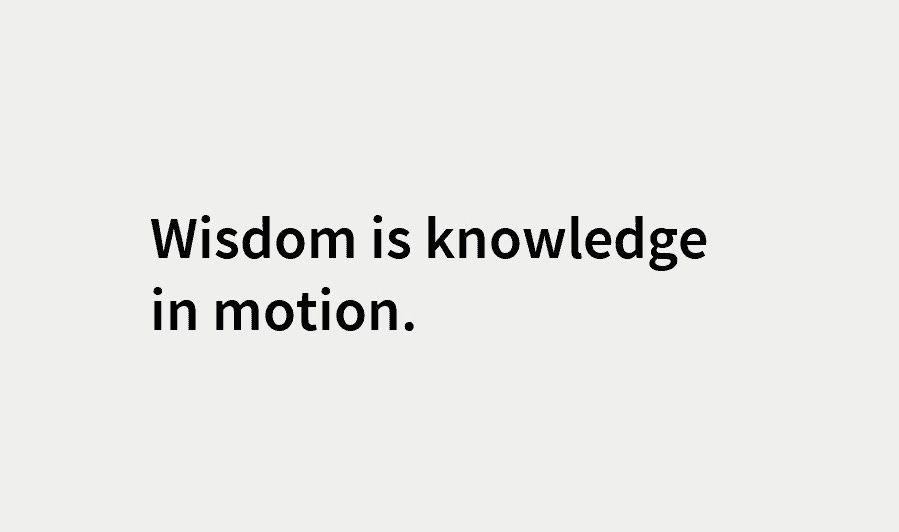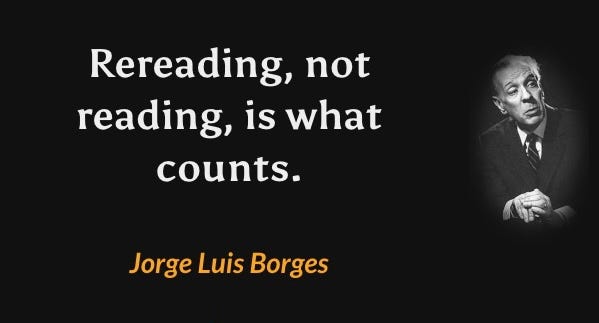“It’s not the “how interesting!” reaction when we first read what matters; it’s the “Aha moment!” when we re-read what transforms.”
The goal with the monthly summary is to provide you with some quotes from the posts linked to practical prompts and questions to use in 1:1 meetings, feedback / coaching sessions, or to inspire themes for larger team meetings.
Is Resilience the answer?
Not long ago I wrote this on LinkedIn: “The best out of what happens? It never completely resonated with me the idea that no matter what, things happen for the best… as if you were to look at them deep enough and the hidden good will eventually surface.
Nassim Taleb in his book “Antifragile: things that gain from disorder,” presents a differentiation: “Resilience is akin to bouncing back after performance has taken a hit. However, Anti-fragility is akin to enhancing performancewhen adversity strikes.”
Taleb breaks down these ideas into three distinct categories:
the fragile that cracks under stress,
the robust that endures up to a certain limit, and
the anti-fragile that harnesses stress to grow stronger.
Fragile leadership is vulnerable and easily disrupted by unexpected events, while robust leadership remains resilient and withstands adversity. However, it is the anti-fragile leader who thrives and grows stronger amidst chaos, turning challenges into opportunities for advancement.
To cultivate anti-fragility leaders should encourage experimentation and adaptive thinking, be open to feedback and criticism to continuously evolve and improve.
If the goal is not to break, the team needs robustness.
If the goal is recovery, the team needs resilience.
If the goal is gain, the team needs anti-fragility.
Questions and prompts to use with your team:
How can you apply the concept of anti-fragility to your team to INCREASE performance when faced with unexpected challenges?
how can we foster a culture of experimentation and adaptive thinking for the team to grow stronger collectively?
Reflecting on the categories of fragility, robustness, and anti-fragility, what specific strategies can we implement to transition from being merely resilient to actively seeking opportunities for gain as a team?
How can we educate our team members to seek feedback and criticism proactively understanding that this type of input is essential for cultivating anti-fragile leadership qualities?
How can we identify areas where our team needs anti-fragility so that we can design specific challenges for growth and high performance, rather than merely having a mindset of bouncing back from setbacks?
How will be create an ultimate anti-fragile mindset?
"You must unlearn what you have learned"
In “The Empire Strikes Back” (Star Wars episode V) Yoda and Luke Skywalker have this dialogue after the spacecraft he was flying sinks in a swamp: Luke: We will never get it out now Yoda: So certain are you. Always with you it cannot be done. Hear you nothing that I say?
Try not! Do or do not. There is no try (Yoda)
When Satya Nadella took the reins of Microsoft as CEO, being himself an insider of 25 years, this is what he describes cemented the need to think different:
“Innovation has been replaced by bureaucracy and team work by internal politics. And the point here is not to look back and say let’s change, but it is to rediscover.”
When he became CEO he decided he needed to move the company from a “know-it-all” mindset to a “learn-it-all” one.
“To unlearn is letting go of any preconceived notions of your past. Freeing yourself from judgement, fear, and stereotypes that hold us hostage and dissuade us from achieving our true potential.”
It is important to distinguish between the involuntary and unconscious act of unlearning by forgetting and the voluntary conscious act of abandoning particular knowledge and behaviors to reframe our thinking process.
Maybe you can start today by asking yourself: what old do I need to let go, what new do I need to bring in, and what do I need to rewire so I can move onwards and upwards?
Questions and prompts to use with your team:
What aspects of our current team dynamics might be hindering innovation and collaboration, and how can we address these challenges to foster a more dynamic and agile working environment?
How can we, as a leadership team, promote a culture that values learning and growth, encouraging team members to continuously seek new knowledge and skills?
In what ways can we move beyond the comfort of what we already know and embrace calculated risks, experimentation, and adaptability as part of our team's approach to problem-solving and decision-making?
Do we set an example by being open to feedback and demonstrating a willingness to learn from our mistakes and failures, so we can create an environment where team members feel safe to do the same?
To rediscover and revitalize our team's approach to innovation, what strategies can we implement to break down silos, eliminate internal politics, and encourage cross-functional collaboration to generate fresh ideas and approaches?
How much time do our team members spend on meetings, governance and bureaucratic work as opposite to creative, externally focused and development?
Can change "blind" even the wise?
“We need to learn to re-see what is going on around us, because when the world changes sometimes we become blind” Seth Godin Thanks for reading Leadership Reflections! Subscribe for free to receive new posts and support my work. I was listening to a conference by Seth Godin from a few years ago where he was talking extensively about change. Seth Godin is …
“We need to learn to re-see what is going on around us, because when the world changes sometimes we become blind” Seth Godin
Re-framing is a skill, a very powerful tool for problem solving. But if we take a step back, we immediately realize that to frame, first you need to be clear about what you see.
In simple terms, re-framing is seeing different, seeing through a new pair of glasses; but re-seeing is being able to see again, it’s seeing everything there is to see in the first place under a new reality.
Reframing happens when you ask clearly what problem are you trying to solve and equally important when you ask if that problem is ultimately the right problem that needs solving. Through these lenses, reframing also means finding better problems and not just finding answers to the ones we think we need to solve.
While re-framing shifts perspectives that generates options; re-seeing opens a new portal, a new dimension where you see a reality never considered before.
In order to adapt to change you need to take a profound step back and try to see the full new picture before attempting anything else. Be calm, be thoughtful, open your eyes, be curious and let it sink in. Suspend judgement, just see!
Why this is so important? Because the biggest risk of not re-seeing before re-framing is finding solutions for problems that are not relevant anymore.
Questions and prompts to use with your team:
Encourage your team to develop the skill of “re-seeing,” before diving into the process of re-framing and problem-solving:
How can we challenge our assumptions and biases to ensure that what we perceive as reality is based on objective observations rather than distorted perceptions?
What strategies can we employ to gather diverse perspectives and insights from team members, stakeholders, and external sources, so we can re-see situations through a broader and more comprehensive lens?
How might we encourage an environment of psychological safety, where team members feel comfortable questioning their own assumptions and sharing different viewpoints without fear of judgment or repercussion?
In what ways can we engage in active listening to better understand the perspectives of others and identify potential blind spots in our understanding of reality?
How can we develop a habit of self-reflection and introspection to regularly assess our mental models and cognitive filters, allowing us to re-see situations more objectively and avoid falling into the trap of confirmation bias?
Are we critically assessing if the problems we are attempting to solve are ultimately the right ones? are there better or more relevant problems to address?
In a rapidly evolving business landscape, how can you, as a leader, exemplify the practice of re-seeing and demonstrate the value it brings to decision-making and problem-solving, inspiring your team to adopt this approach in their own roles and responsibilities?
do you challenge yourself enough to bring new fresh perspectives to your leadership teams to role model this expectation and teach the skills needed?
“Lead yourself, Learn to live. Lead others, Learn to Build.”
P.S. If you enjoyed reading this post consider subscribing to the newsletter for free, joining the community and sharing your thoughts.









